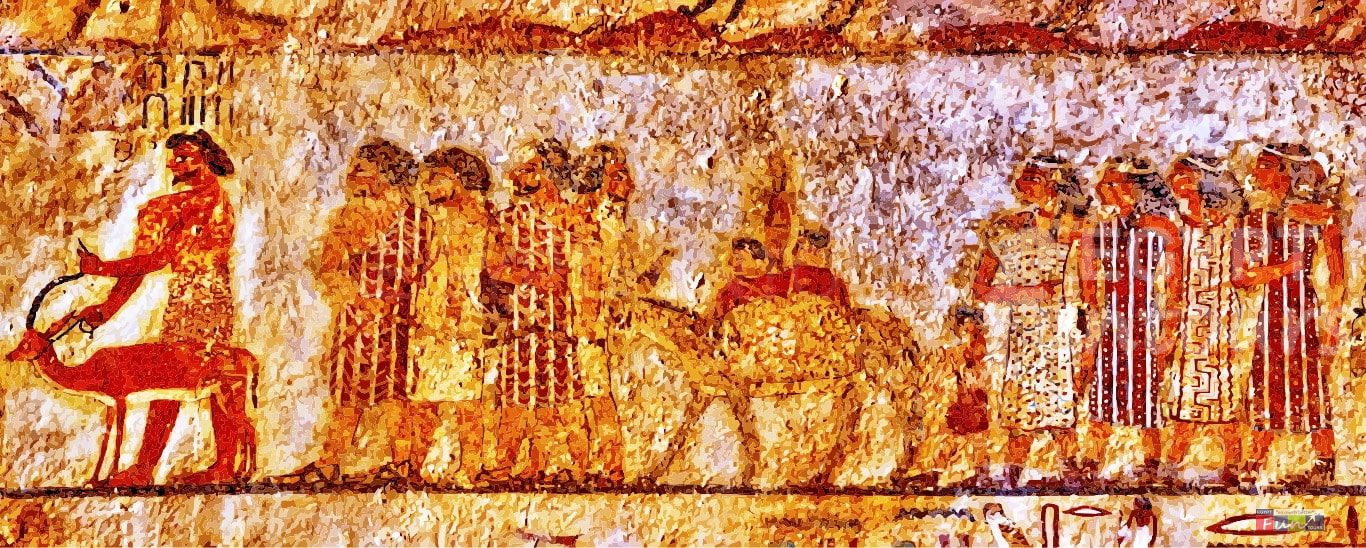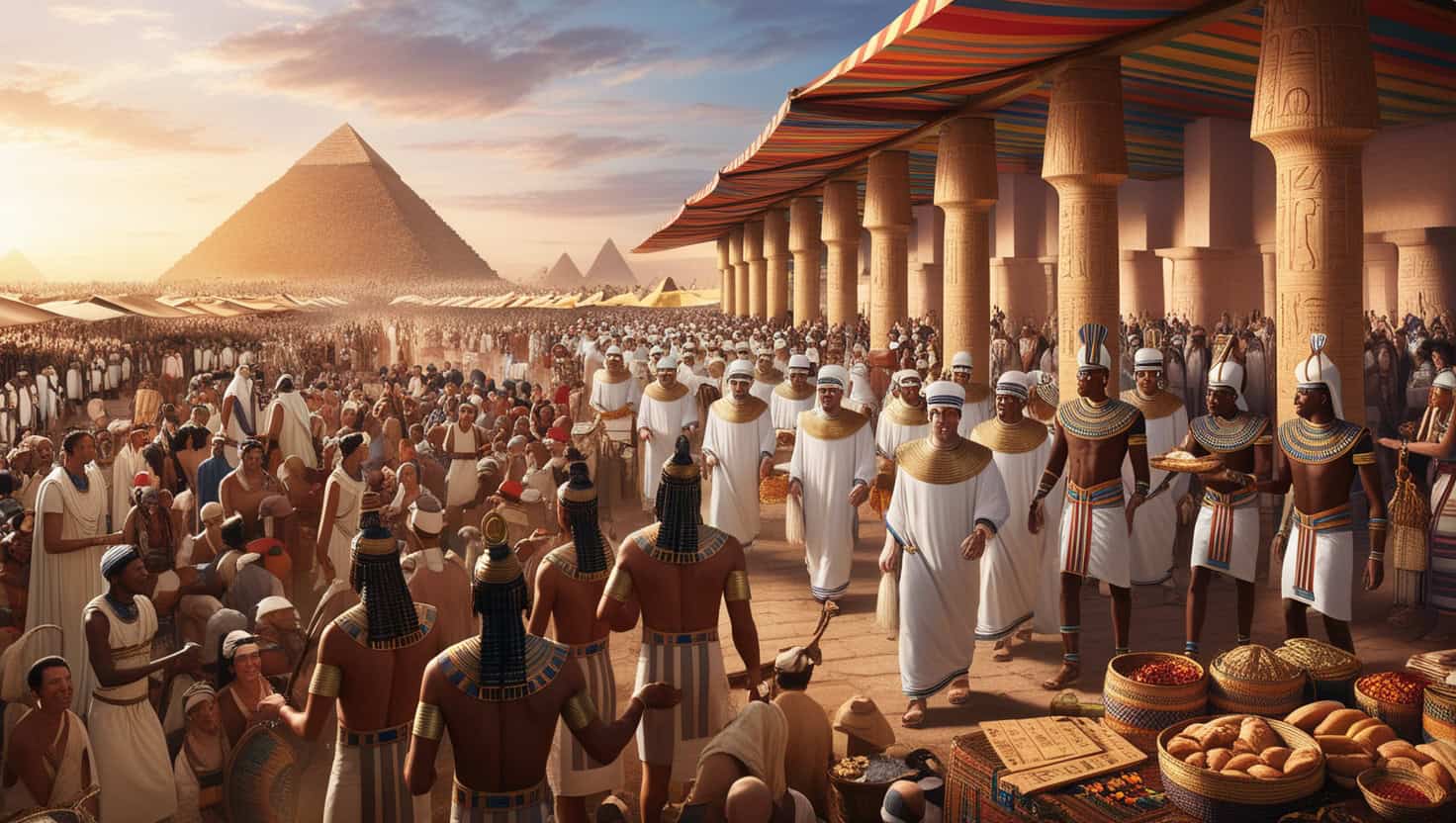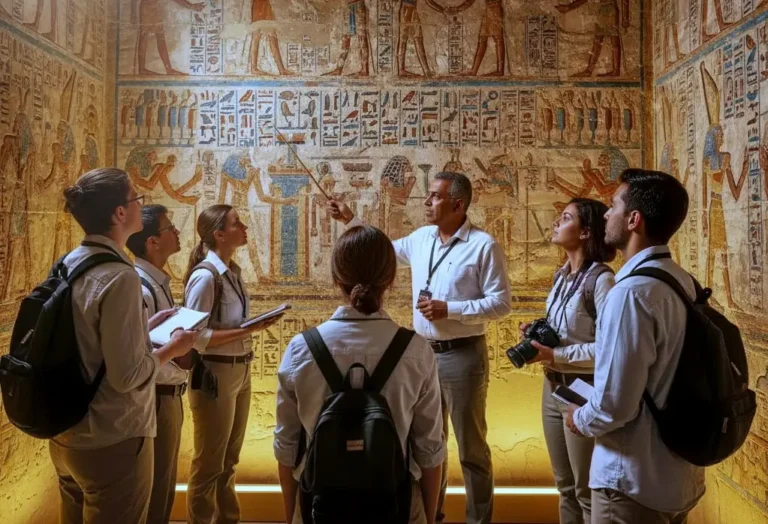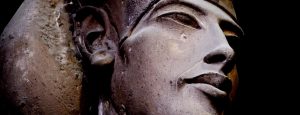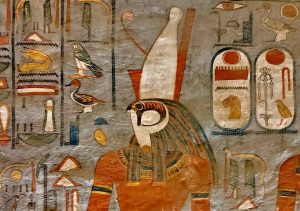Ancient Egypt’s Intermediate Periods
The history of Ancient Egypt Intermediate Periods encompasses two crucial eras, the First (c. 2181–2055 BCE) and the Second (c. 1650–1550 BCE), that define the civilization’s ability to endure and adapt. These periods are critical segments on the timeline of ancient Egypt. Characterized by political fragmentation, decentralization, and external influence, they contrast sharply with the stability of the Old, Middle, and New Kingdoms.
Studying the Ancient Egypt Intermediate Periods is vital because they reveal how the unified state fractured and later reorganized itself with newfound strength. Specifically, the crises forced the civilization to adapt to internal collapse and foreign military superiority, ultimately leading to the unparalleled might and imperial expansion of the New Kingdom. The political lessons and technological innovations of these turbulent eras shaped the future of Egypt.

